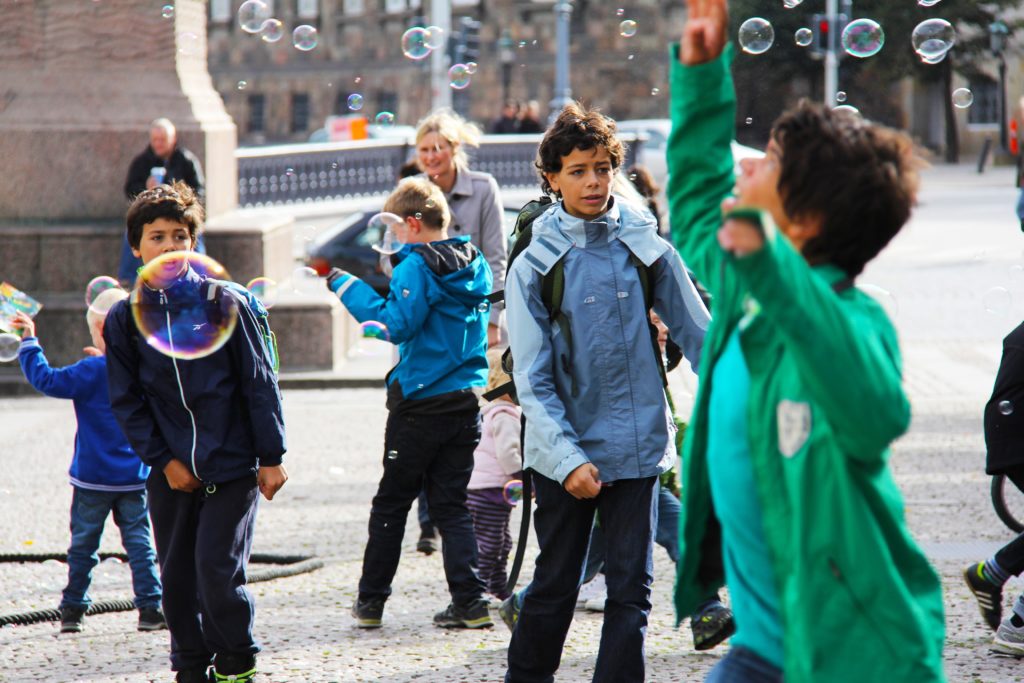As with the transition into primary school the next major educational transition is to secondary school. The success in this transition for a teenager with an Autism Spectrum Disorder will be the planning and familiarisation of the environment. Inherent with this transition will be the added complexity of adolescence. Teenagers will be wanting a degree of independence at this time and parents will need to adjust to this while providing support for their child. It is a big step in moving from the eldest of pupils in the primary school to now being the youngest in a larger environment of high school.

To support the transition process there are a number of things to think about, here are a few:
- How will the young person get to and from school
- What are school hours for students
- Do these hours change each year as the teenager moves into other year levels
- Are there any before or after school activities/sports that might need to be considered
- Can the school provide a map and identify the buildings and classrooms where specific things on the timetable will be located
- Where will the teenager’s locker be situated
- Are there rules about locker access
- Are there bells to signify lesson changes and what do these sound like
- What locations and activities are available during break times
- How can parents communicate with the school- phone, email, face to face
- How does the teenager communicate with teachers outside of class times
- How likely is the timetable to change during the term/semester and can warning be provided
- How many and when can transition sessions be organised prior to commencement
- What technology devices are available
- Are mobile phones permitted
Organisational strategies can support the young person to begin to self manage the transition process. The following is a list of helpful hints that you can do with your teenager to help them to manage the transition to secondary school:
- Discuss and decide on mode of transport to and from school
- Plan a daily routine to ensure the teenager gets to school on time
- Create a code(colour/number) the school map to subject areas
- Code the timetable using the same code as above
- Have the teenager place a copy of the timetable inside their locker
- Code the subject books and associated materials using the same code as above
- Explain the rules about movement between classes and to and from break times
- Have a copy of the school map and timetable at home in the study/homework location
One of the key factors in managing transitions for teenagers is to do it with them. If you work together to plan and organise all aspects of the transition process then you are preparing your teenager for times you might not be available to help and for their future life as an adult. For more assistance with this refer to the Transition Checklist for Secondary School.